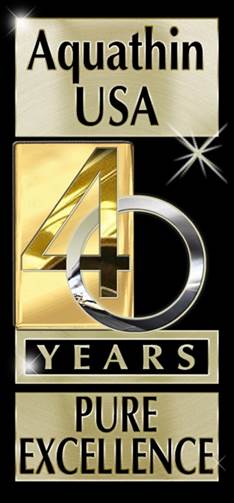High levels of DBPs found in some tap water
Study: High levels of DBPs found in some tap water
BOSTON — A study of tap water samples from 36 surface water systems in Massachusetts has found high levels of disinfection byproducts (DBPs) in many of the systems.
The study was done by environmental epidemiologists from Harvard School of Public Health, according to a report in the February issue of Environmental Health Perspectives.
"The results are concerning, but not alarming; more research needs to be done, and we need to consider ways to disinfect the water supplies that will also reduce byproduct
formation and activity," the report stated.
DBPs are formed when organic and inorganic matter combine with disinfectants — such as chlorine — used to cleanse water supplies.
The DBPs analyzed in this study were MX (3-chloro-4 (dichloromethyl)-5-hydroxy-2(5H)-furanone) and total trihalomethanes (TTHM).
The report said concentrations in Massachusetts tap water were as high as levels previously reported in Finland, where similar research on MX and DBP levels is being conducted.
Some one-third of the samples in the study exceeded the previous reported high in the United States of 33 nanograms per liter. And three water samples exceeded the levels that
Finland had reported of 67 nanograms per liter. One sample in the study showed an MX concentration of 80 nanograms per liter.
Certain DBPs have been shown to be carcinogenic in animal studies, the report said. And toxicologic studies have shown the liver and kidneys to be targets.
In laboratory rats MX has an estimated cancer potency 170 times greater than chloroform.
Using 88 tap water samples from 36 Massachusetts communities taken between spring 1997 and fall 1998, the researchers studied how the formation of DBPs are influenced
by water treatment.
Within the communities in the study, 24 used chlorine to disinfect the water supply, with 10 of those towns chlorinating their water twice prior to distribution.
One town used ozone and another used chlorine dioxide for disinfection, according to the report.
"This study and similar ones carried out by researchers in Finland point out what could be an important public health problem that has been largely ignored, measuring
concentrations of carcinogenic byproducts that are produced when drinking water supplies are disinfected," said Joel Schwartz, associate professor of environmental
epidemiology at the Harvard School of Public Health.
FOR THE BEST TASTE IN LIFE
Think Aquathin...AquathinK!!
Edited from Tech Bank 1/26/02


